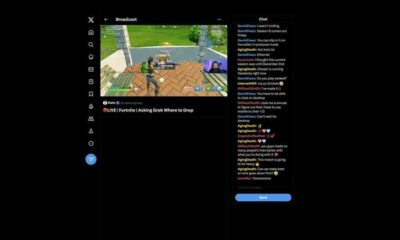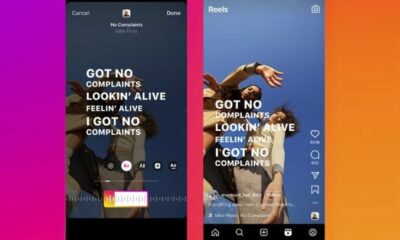Programmatic Guide: Google Campaign Manager

Advertising in a new platform can be intimidating. Knowing where to start, what steps to complete, and how to complete each step can often stop advertisers from trying new platforms. This guide will walk you through the step-by-step process of creating campaigns in Google Campaign Manager (GCM).
Defining Programmatic Advertising
Before we walk through the step-by-step guide, let’s first define programmatic advertising.
Forbes defines programmatic advertising as, “The automation of the buying and selling of desktop display, video, FBX, and mobile ads using real-time-bidding. Programmatic describes how online campaigns are booked, flighted, analyzed, and optimized via demand-side software (DSP) interfaces and algorithms.”
You might be asking, is there a simpler definition?

Yes. Simply put, computers use algorithms to buy digital ad space.
So how does GCM (formally know as DoubleClick Campaign Manager) work within the world of programmatic advertising? GCM is a third-party ad server where advertisers traffic and monitor online media buys, regardless of their placement. Check out this resource to identify whether or not programmatic advertising makes sense for your digital marketing strategy.
In this blog, we will walk through the process of how to upload creatives, create placements, assign creatives to placements, and complete campaign setup.
Step 1: Creating a new campaign
To create a new campaign, click the green “new” button. Unlike Google Ads or Bing, GCM doesn’t allow users to copy and edit existing campaigns.

Next, you will need to fill out all required fields. The only field that is not completely self-explanatory is “Landing pages”:
- If you already have a default landing page, simply select from the drop-down.
- If you do not have a preset landing page, or need to create a new landing page, click “New” and fill in the required URL information.
- The default landing page is primarily for default ads. You will have the option (suggested in step six) to make a more specific landing page during the set-up process.

Step 2: Upload Creatives
Now that you have created your campaign, the first step is uploading creatives. To upload, select “Batch Upload.”

GCM automatically assigns uploaded creatives to the corresponding default ads. If you are uploading multiple creatives that are the same size, you will need to select a default image (see below example).

Here is a list of suggested creative sizes if you need help getting started. Best practice is to include at least 5 different sizes.

Step 3: Create Placements
The next step is creating placements for each creative. See the below link for an explanation of how placements work in tandem with Display & Video 360 (formally know as DoubleClick Bid Manager).
Note: If you have uploaded multiple creatives of the same size, you only need to create ONE placement for the corresponding creative size. Google explains it this way: “In Campaign Manager, a placement may contain multiple ads, and each ad in the placement may be associated with multiple creatives (all hosted in Campaign Manager). Thus, it’s common for a placement to be associated with multiple creatives.”

- Select “Placement” from the “New” dropdown
- Select the site for your placement: select the publisher/DSP/placement where the ad is expected to serve.
- Name your placement: to simplify the process of assigning creatives to placements, include image size in the naming convention.
Note: If you do not select the right image size in your placement (right = same size as the creatives uploaded), you will not be able to assign your creatives. When you create a placement, it will automatically be assigned to the default ad. If you see your placement is not assigned, you have incorrectly created your placement. See below example.

Step 4: Assign creatives to placements
After you have finished creating a placement for each image size, navigate to the “Creatives” view. To assign the creative, simply click on the yellow button under “Assignments”.

Once you select and confirm the placement, your creative should be assigned to BOTH the default ad and the created placement.

Step 5: Enable Default Ads
After you have assigned all creatives, navigate to the “Ads” view. You will find that placements are active, but default ads are inactive. To enable the default ads, check the box on the left and change the status to “Active”.

Step 6 [Optional]: Edit landing page
If the landing page for your ads needs to be different than the default landing page for the account, navigate to the “Ads and creatives” view. You will then select all ads and creatives, click “Edit multiple”, and enter the URL in the “custom landing page” box.
Step 7 [Optional]: Exporting Tags
If you are using a DSP that is not DV 360, or serving ads on Hulu, or a direct buy that you have negotiated with a publisher, you will need to export ad serving tags to pass through so that publisher can:
- Serve the ads without having to manage creative assets.
- Be able to accurately track impression and ad serving metrics, independently of the publishers reporting.

Final Check
To preview your landing page, and to ensure your creatives are working properly, click the preview button next to one of the creatives (under the “Ads and creatives” view).

—-
Post updated by Andrew Harder (prior post date: 06/27/18)
AI
Exploring the Evolution of Language Translation: A Comparative Analysis of AI Chatbots and Google Translate
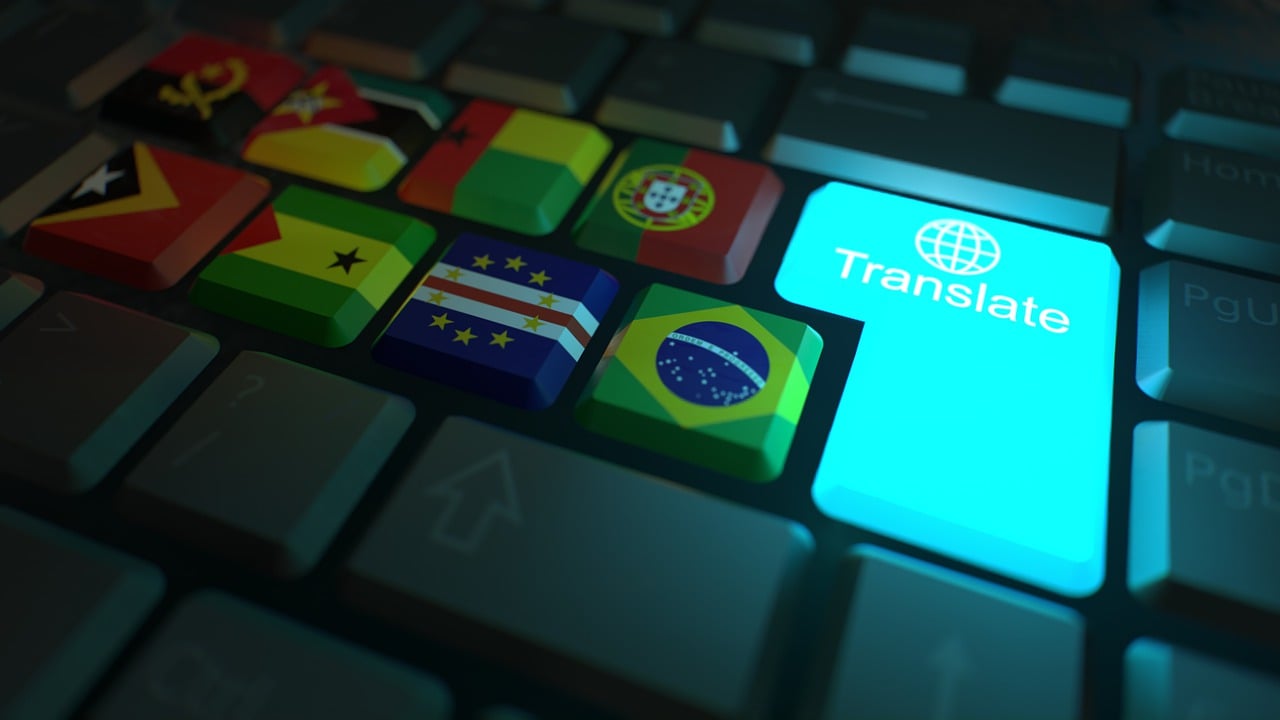
According to an article on PCMag, while Google Translate makes translating sentences into over 100 languages easy, regular users acknowledge that there’s still room for improvement.
In theory, large language models (LLMs) such as ChatGPT are expected to bring about a new era in language translation. These models consume vast amounts of text-based training data and real-time feedback from users worldwide, enabling them to quickly learn to generate coherent, human-like sentences in a wide range of languages.
However, despite the anticipation that ChatGPT would revolutionize translation, previous experiences have shown that such expectations are often inaccurate, posing challenges for translation accuracy. To put these claims to the test, PCMag conducted a blind test, asking fluent speakers of eight non-English languages to evaluate the translation results from various AI services.
The test compared ChatGPT (both the free and paid versions) to Google Translate, as well as to other competing chatbots such as Microsoft Copilot and Google Gemini. The evaluation involved comparing the translation quality for two test paragraphs across different languages, including Polish, French, Korean, Spanish, Arabic, Tagalog, and Amharic.
In the first test conducted in June 2023, participants consistently favored AI chatbots over Google Translate. ChatGPT, Google Bard (now Gemini), and Microsoft Bing outperformed Google Translate, with ChatGPT receiving the highest praise. ChatGPT demonstrated superior performance in converting colloquialisms, while Google Translate often provided literal translations that lacked cultural nuance.
For instance, ChatGPT accurately translated colloquial expressions like “blow off steam,” whereas Google Translate produced more literal translations that failed to resonate across cultures. Participants appreciated ChatGPT’s ability to maintain consistent levels of formality and its consideration of gender options in translations.
The success of AI chatbots like ChatGPT can be attributed to reinforcement learning with human feedback (RLHF), which allows these models to learn from human preferences and produce culturally appropriate translations, particularly for non-native speakers. However, it’s essential to note that while AI chatbots outperformed Google Translate, they still had limitations and occasional inaccuracies.
In a subsequent test, PCMag evaluated different versions of ChatGPT, including the free and paid versions, as well as language-specific AI agents from OpenAI’s GPTStore. The paid version of ChatGPT, known as ChatGPT Plus, consistently delivered the best translations across various languages. However, Google Translate also showed improvement, performing surprisingly well compared to previous tests.
Overall, while ChatGPT Plus emerged as the preferred choice for translation, Google Translate demonstrated notable improvement, challenging the notion that AI chatbots are always superior to traditional translation tools.
Source: https://www.pcmag.com/articles/google-translate-vs-chatgpt-which-is-the-best-language-translator
Google Implements Stricter Guidelines for Mass Email Senders to Gmail Users
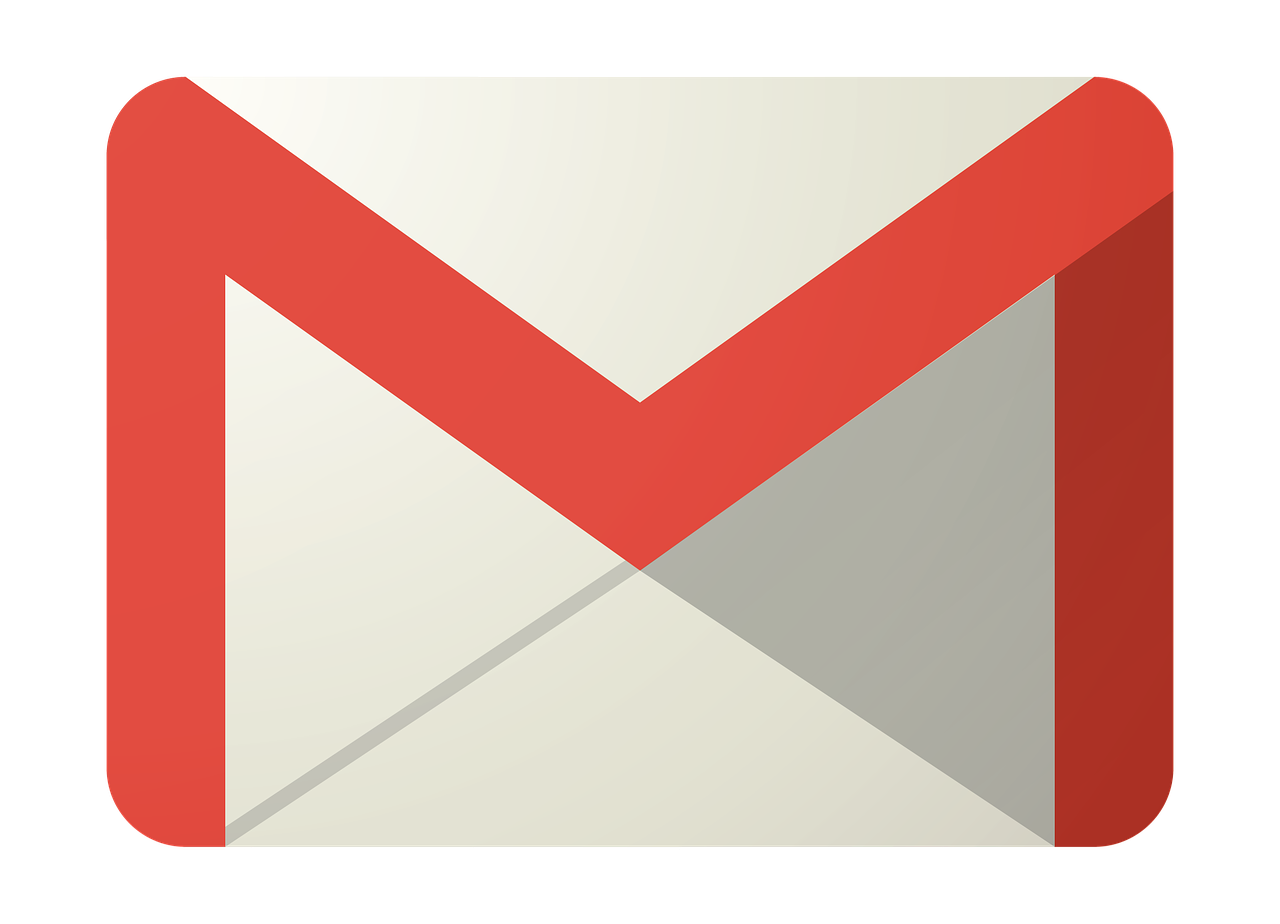
Beginning in April, Gmail senders bombarding users with unwanted mass emails will encounter a surge in message rejections unless they comply with the freshly minted Gmail email sender protocols, Google cautions.
Fresh Guidelines for Dispatching Mass Emails to Gmail Inboxes In an elucidative piece featured on Forbes, it was highlighted that novel regulations are being ushered in to shield Gmail users from the deluge of unsolicited mass emails. Initially, there were reports surfacing about certain marketers receiving error notifications pertaining to messages dispatched to Gmail accounts. Nonetheless, a Google representative clarified that these specific errors, denoted as 550-5.7.56, weren’t novel but rather stemmed from existing authentication prerequisites.
Moreover, Google has verified that commencing from April, they will initiate “the rejection of a portion of non-compliant email traffic, progressively escalating the rejection rate over time.” Google elaborates that, for instance, if 75% of the traffic adheres to the new email sender authentication criteria, then a portion of the remaining non-conforming 25% will face rejection. The exact proportion remains undisclosed. Google does assert that the implementation of the new regulations will be executed in a “step-by-step fashion.”
This cautious and methodical strategy seems to have already kicked off, with transient errors affecting a “fraction of their non-compliant email traffic” coming into play this month. Additionally, Google stipulates that bulk senders will be granted until June 1 to integrate “one-click unsubscribe” in all commercial or promotional correspondence.
Exclusively Personal Gmail Accounts Subject to Rejection These alterations exclusively affect bulk emails dispatched to personal Gmail accounts. Entities sending out mass emails, specifically those transmitting a minimum of 5,000 messages daily to Gmail accounts, will be mandated to authenticate outgoing emails and “refrain from dispatching unsolicited emails.” The 5,000 message threshold is tabulated based on emails transmitted from the same principal domain, irrespective of the employment of subdomains. Once the threshold is met, the domain is categorized as a permanent bulk sender.
These guidelines do not extend to communications directed at Google Workspace accounts, although all senders, including those utilizing Google Workspace, are required to adhere to the updated criteria.
Augmented Security and Enhanced Oversight for Gmail Users A Google spokesperson emphasized that these requisites are being rolled out to “fortify sender-side security and augment user control over inbox contents even further.” For the recipient, this translates to heightened trust in the authenticity of the email sender, thus mitigating the risk of falling prey to phishing attempts, a tactic frequently exploited by malevolent entities capitalizing on authentication vulnerabilities. “If anything,” the spokesperson concludes, “meeting these stipulations should facilitate senders in reaching their intended recipients more efficiently, with reduced risks of spoofing and hijacking by malicious actors.”
Google’s Next-Gen AI Chatbot, Gemini, Faces Delays: What to Expect When It Finally Launches
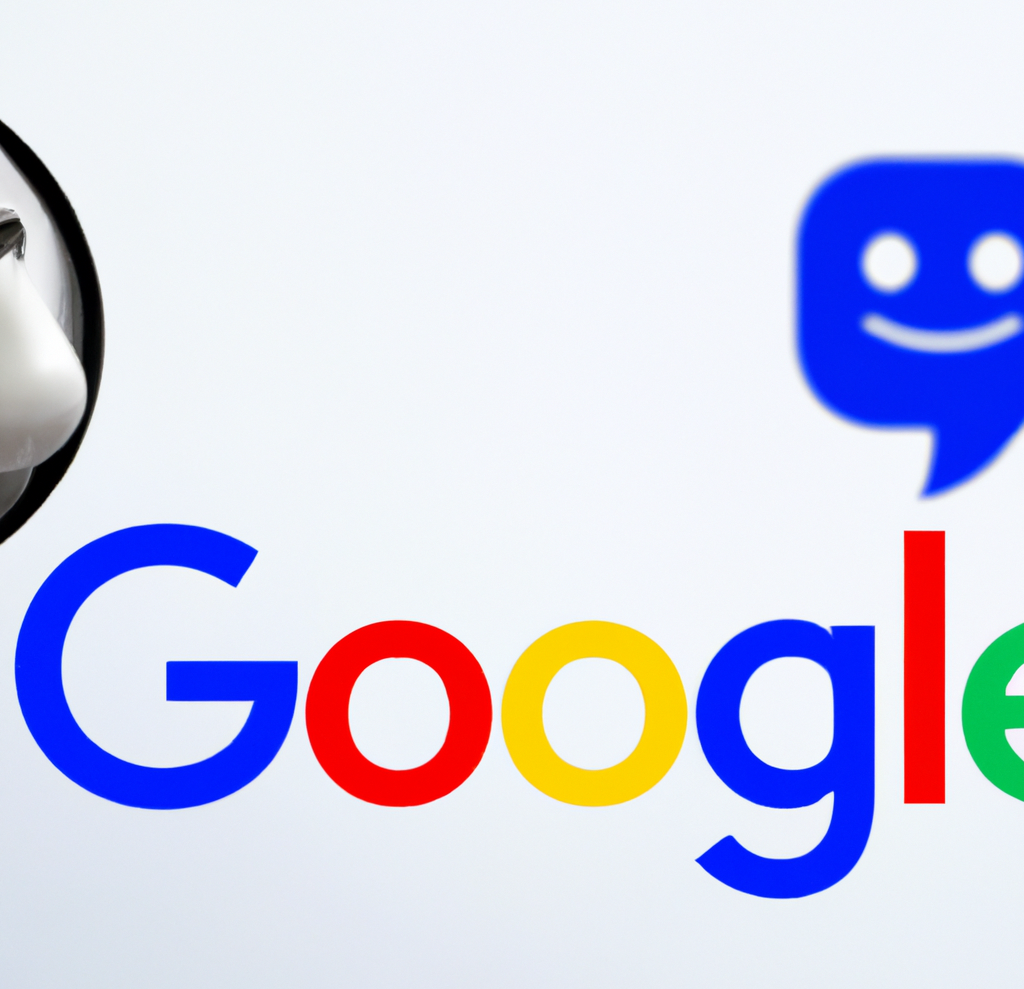
In an unexpected turn of events, Google has chosen to postpone the much-anticipated debut of its revolutionary generative AI model, Gemini. Initially poised to make waves this week, the unveiling has now been rescheduled for early next year, specifically in January.
Gemini is set to redefine the landscape of conversational AI, representing Google’s most potent endeavor in this domain to date. Positioned as a multimodal AI chatbot, Gemini boasts the capability to process diverse data types. This includes a unique proficiency in comprehending and generating text, images, and various content formats, even going so far as to create an entire website based on a combination of sketches and written descriptions.
Originally, Google had planned an elaborate series of launch events spanning California, New York, and Washington. Regrettably, these events have been canceled due to concerns about Gemini’s responsiveness to non-English prompts. According to anonymous sources cited by The Information, Google’s Chief Executive, Sundar Pichai, personally decided to postpone the launch, acknowledging the importance of global support as a key feature of Gemini’s capabilities.
Gemini is expected to surpass the renowned ChatGPT, powered by OpenAI’s GPT-4 model, and preliminary private tests have shown promising results. Fueled by significantly enhanced computing power, Gemini has outperformed GPT-4, particularly in FLOPS (Floating Point Operations Per Second), owing to its access to a multitude of high-end AI accelerators through the Google Cloud platform.
SemiAnalysis, a research firm affiliated with Substack Inc., expressed in an August blog post that Gemini appears poised to “blow OpenAI’s model out of the water.” The extensive compute power at Google’s disposal has evidently contributed to Gemini’s superior performance.
Google’s Vice President and Manager of Bard and Google Assistant, Sissie Hsiao, offered insights into Gemini’s capabilities, citing examples like generating novel images in response to specific requests, such as illustrating the steps to ice a three-layer cake.
While Google’s current generative AI offering, Bard, has showcased noteworthy accomplishments, it has struggled to achieve the same level of consumer awareness as ChatGPT. Gemini, with its unparalleled capabilities, is expected to be a game-changer, demonstrating impressive multimodal functionalities never seen before.
During the initial announcement at Google’s I/O developer conference in May, the company emphasized Gemini’s multimodal prowess and its developer-friendly nature. An application programming interface (API) is under development, allowing developers to seamlessly integrate Gemini into third-party applications.
As the world awaits the delayed unveiling of Gemini, the stakes are high, with Google aiming to revolutionize the AI landscape and solidify its position as a leader in generative artificial intelligence. The postponed launch only adds to the anticipation surrounding Gemini’s eventual debut in the coming year.
-
SEARCHENGINES6 days ago
Daily Search Forum Recap: April 19, 2024
-

 WORDPRESS7 days ago
WORDPRESS7 days agoHow to Make $5000 of Passive Income Every Month in WordPress
-

 WORDPRESS6 days ago
WORDPRESS6 days ago13 Best HubSpot Alternatives for 2024 (Free + Paid)
-

 MARKETING6 days ago
MARKETING6 days agoBattling for Attention in the 2024 Election Year Media Frenzy
-

 WORDPRESS6 days ago
WORDPRESS6 days ago7 Best WooCommerce Points and Rewards Plugins (Free & Paid)
-

 AFFILIATE MARKETING7 days ago
AFFILIATE MARKETING7 days agoAI Will Transform the Workplace. Here’s How HR Can Prepare for It.
-

 MARKETING7 days ago
MARKETING7 days agoTinuiti Marketing Analytics Recognized by Forrester
-

 SEO6 days ago
SEO6 days agoGoogle Answers Whether Having Two Sites Affects Rankings










